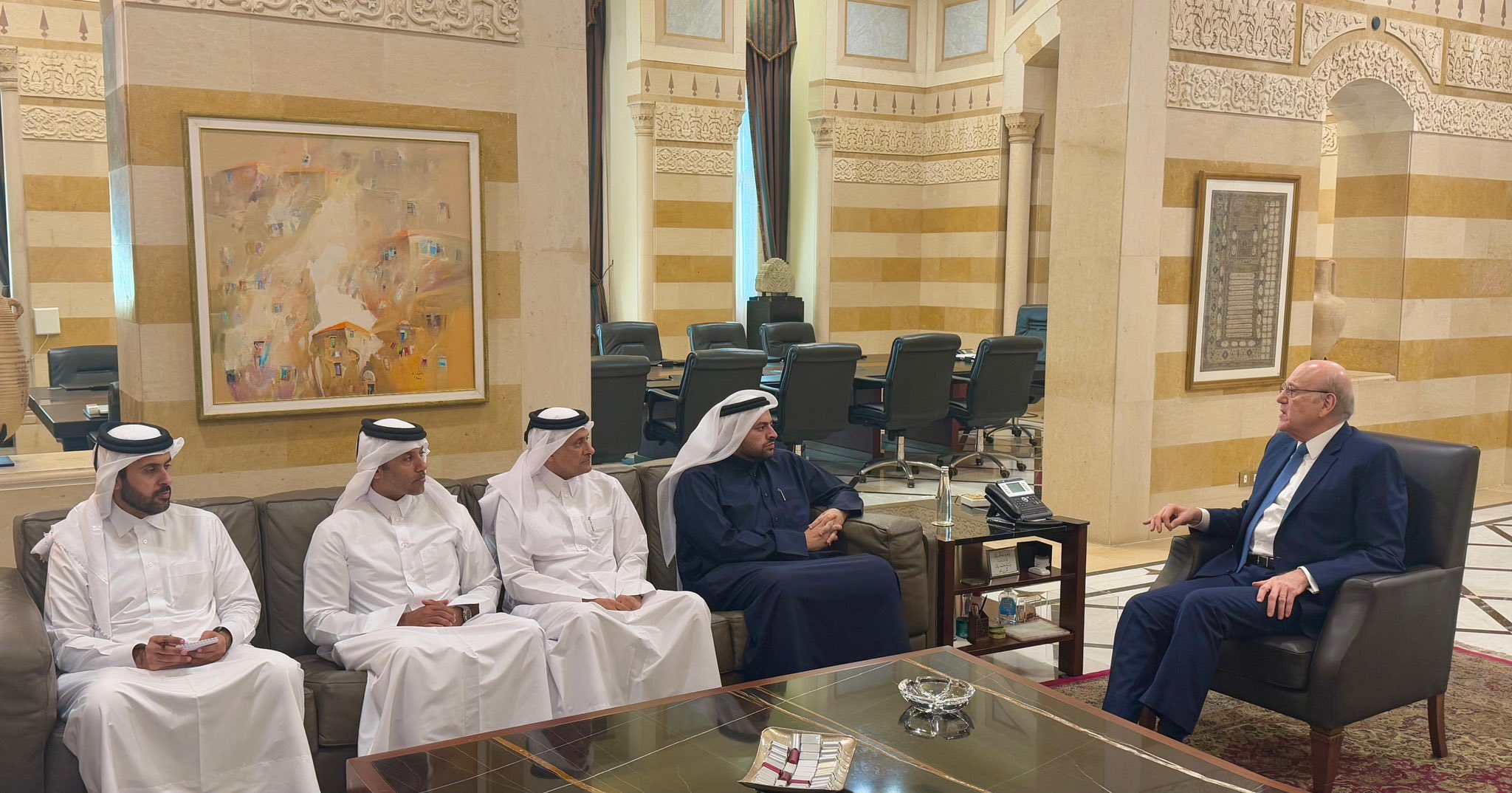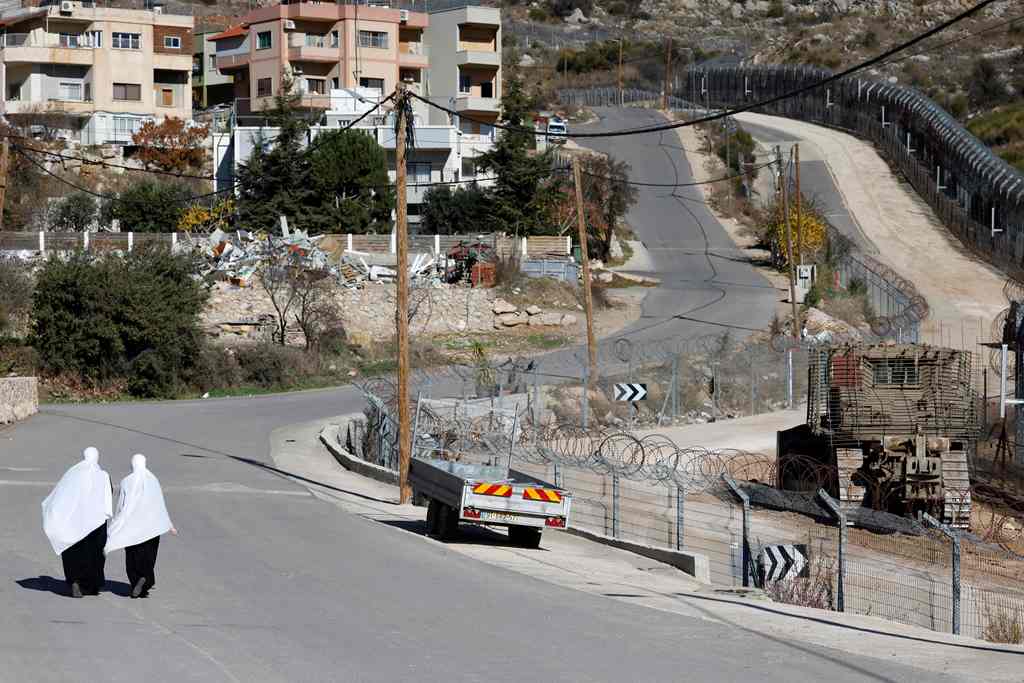The killing of Haniyeh was part of Israel’s long history of assassinating figures from Palestinian resistance groups over the years.
A week has passed since Israel assassinated Hamas political chief Ismail Haniyeh in Iran in an escalatory move that is only expected to fuel regional tensions.
Haniyeh was assassinated alongside his guard, Wasim Abu Shaaban, in Tehran using what Iran’s Islamic Revolutionary Guard Corps (IRGC) confirmed to be a “short-range projectile” launched from outside his residence.
The killing of Haniyeh was part of Israel’s long history of assassinating figures from Palestinian resistance groups over the years.
Israel’s assassinations of top Hamas officials over the years:
Yahya Ayyash – 1996
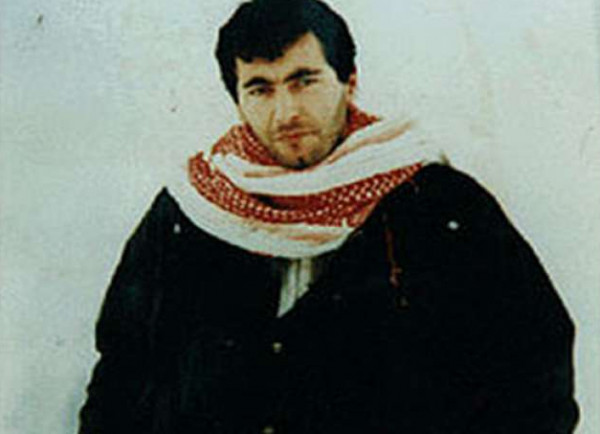
Israel had assassinated Ayyash in Gaza on January 5, 1996, by implanting an explosive device in his phone with the help of an agent for Israel, later identified as Kamal Hammad, one of his companions’ uncles.
The rigged phone was detonated using a remote plane while Ayyash was on a call with his father.
Hammad was convicted and sentenced to death in absentia and Israeli authorities censored all details on the killing until November 2019.
Ayyash was notoriously nicknamed as “the engineer” for his capabilities in building bombs for Hamas and leading key operations targeting Israeli forces. Hamas also named a weapon, the “Ayyash 250”, after him.
The assassination of Ayyash came after numerous attempts by Israel to capture and assassinate him. Israel was in a constant state of panic due to Ayyash’s smart tactics in hiding his identity.
Ayyash once revealed that he was disguised as an Israeli settler and a Jewish rabbi in one of the operations. Former Israeli Prime Minister Yitzhak Rabin even once said: “I fear that Ayyash will be sitting among us in the Knesset.”
Former Israeli intelligence chief Yaakov Peres also said, “I acknowledge that not arresting the engineer represents the biggest field failure that intelligence has faced since the establishment of the state.”
Sheikh Ahmed Yassin – 2004
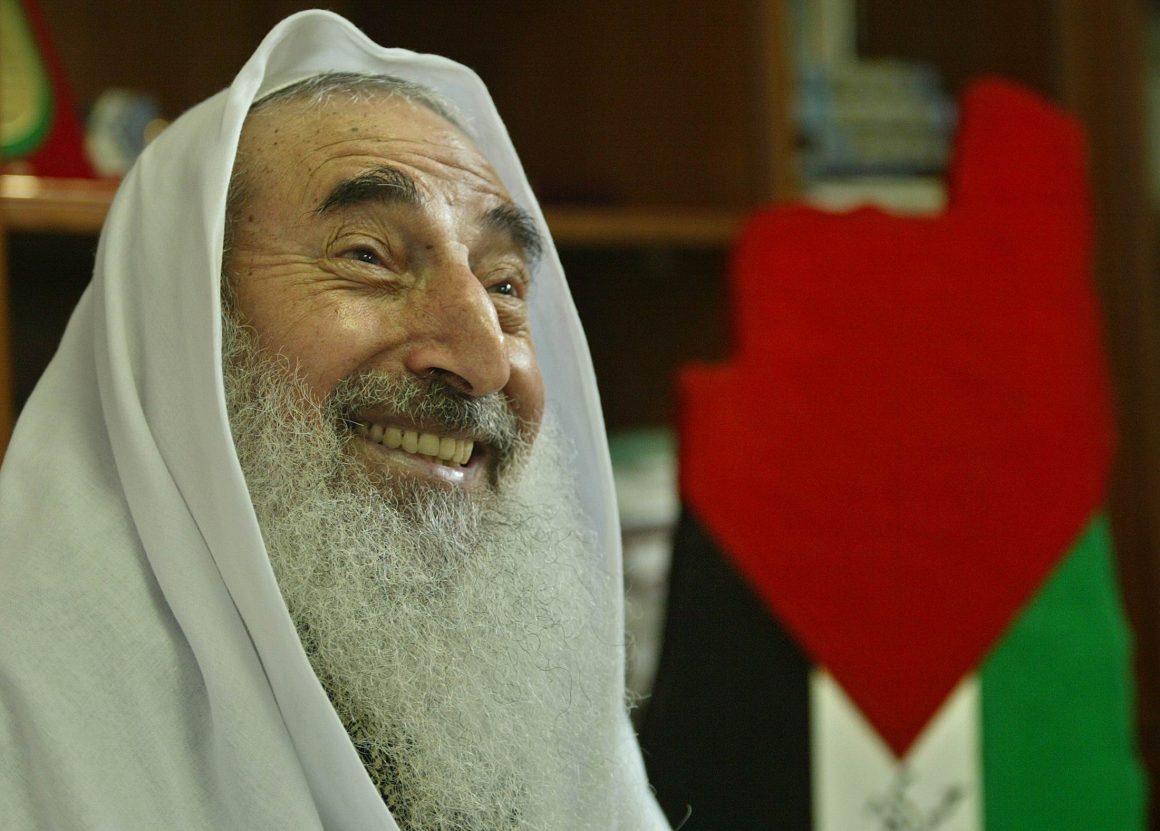
Israel assassinated Hamas’s spiritual leader and founder Sheikh Ahmed Yassin on March 22, 2004 in a direct helicopter strike in Gaza. Yassin was killed while he was being pushed in his wheelchair as he left a mosque.
Israeli occupation forces had demolished Yassin’s home in 1948 during the Nakba, or catastrophe, where it forcibly displaced and killed Palestinians to establish Israel.
Yassin was partially paralysed at the age of 16 after getting injured while playing near Gaza’s beach. His health deteriorated while in Israeli prisons due to neglect and torture in the 1980’s, which led to his complete paralysis.
He established Hamas in 1987 before he was detained again by Israeli occupation forces where he was sentenced to life imprisonment.
Yassin was eventually released in 1997 following numerous attempts under an exchange between Jordan and Israel.
The deal was only reached after a failed assassination attempt of then-Hamas political chief Khaled Mashal by Israeli intelligence agents who injected him with poison in Jordan.
Jordan’s then-King Hussein bin Talal demanded that Israel bring the antidote and release Yassin in exchange for the release of the Israeli agents.
Israel had attempted to assassinate the Hamas founder at least twice: first in 2002, second in 2003 while he was with Haniyeh.
The Al-Qassam Brigades also named the Al-Yassin 105 weapon after him.
Abdel Aziz Al-Rantisi – 2004
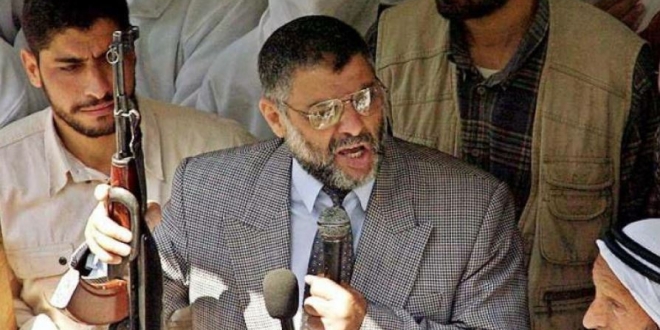
Israel assassinated Al-Rantisi in a helicopter strike in Gaza City on April 17, 2024, nearly a month after assassinating Yassin.
Al-Rantisi, Yassin’s successor and the co-founder of Hamas, was also a witness of the Nakba in 1948, where Israel forced his family to move to the Khan Younis camp in the Gaza Strip while he was only six months old.
Nicknamed “the Lion of Palestine”, Al-Rantisi was also a pediatrician with a degree from the Faculty of Medicine at Alexandria University and a master’s degree in pediatrics. Al-Rantisi’s education came after working from an early age to support his family.
Ahmad Al-Jabari – 2012
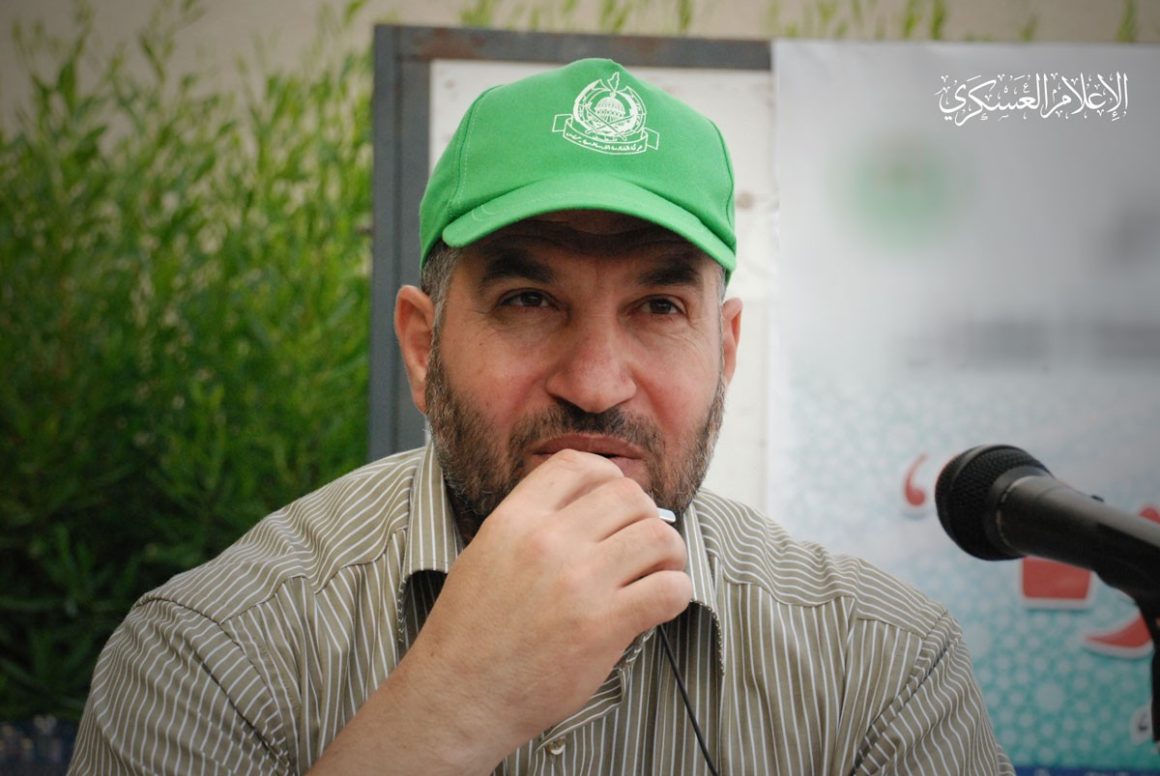
Israel assassinated Al-Jabari on November 14, 2012, in Gaza City in a targeted strike on his vehicle. His killing triggered an eight-day war in the Gaza Strip where Israel killed 180 Palestinians including 42 children.
Israeli occupation forces had detained Al-Jabari in the 1980’s where he was imprisoned for 13 years on charges of engaging in military action.
He was re-arrested in 1998 by the Palestinian Authority’s Preventive Security Service for two years on charges of belonging to the Al-Qassam Brigades.
Al-Jabari then became the deputy commander-in-chief of the Al-Qassam Brigades and played a major role in advancing its capabilities.
He had survived an assassination attempt in 2004, where Israeli occupation forces targeted his house in the Shujaiya neighbourhood, where it killed his eldest son Mohammed.
Al-Jabari is forever known for the major “Loyalty of the Free” deal of October 18, 2011, where Hamas secured the release of 1,027 Palestinian prisoners who were mostly serving long prison sentences. The Palestinians’ release was in exchange for Israeli soldier Gilad Shalit.
Saleh Al-Arouri – 2024
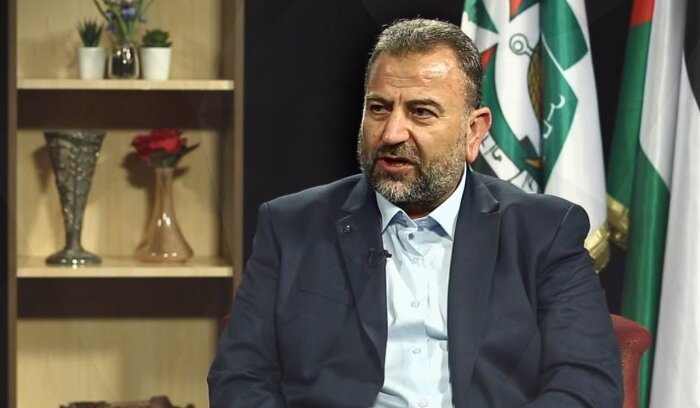
Israel assassinated deputy chief of Hamas political bureau Al-Arouri in a drone strike in Beirut on January 2, where six people were killed. To date, Israel has not claimed the attack that killed the top Hamas official.
Al-Arouri had contributed to the establishment of the Al-Qassam Brigades, Hamas’s armed wing, and was detained for 15 years by Israel before he was exiled to Lebanon.
The United States had also designated Al-Arouri as a “global terrorist” in 2015 and issued a $5m reward for any information leading to him.
Al-Arouri was targeted several times by Israel and was detained under administrative detention without trial for different periods between 1990 and 1992. He was re-arrested in 2007 for three years until 2010, when he was deported to Syria before moving to Lebanon.
He also played a key role in negotiations that led to the 2011 prisoner exchange deal.






